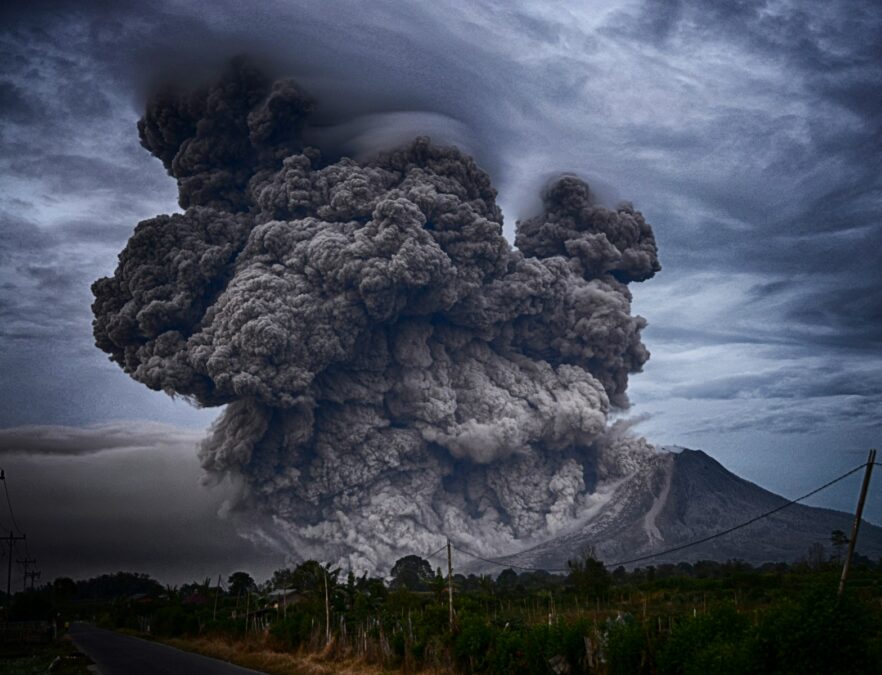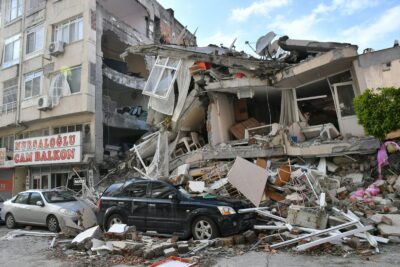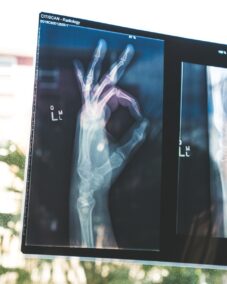The Power of AI in Disaster Prediction
In recent years, the frequency and intensity of natural disasters have increased, posing significant challenges to communities around the world. In response to this growing threat, innovative technologies such as Artificial Intelligence (AI) are being leveraged to predict and mitigate the impacts of these events. This article explores how AI is revolutionizing disaster management practices, with a focus on its applications in predicting, preparing for, and responding to natural disasters.
One of the most compelling applications of AI in disaster management is its ability to predict the occurrence and severity of natural disasters with greater accuracy and precision than ever before. By analyzing vast amounts of data, including satellite imagery, weather patterns, seismic activity, and historical records, AI algorithms can identify patterns and trends that humans may overlook. For example, AI-powered predictive models can forecast the likelihood of earthquakes, hurricanes, floods, and wildfires, enabling authorities to issue early warnings and implement preventive measures to protect lives and property.
Enhancing Disaster Preparedness and Response
AI technologies are also transforming disaster preparedness and response efforts by providing real-time data analytics and decision support tools to emergency responders and relief agencies. Through the use of drones, sensors, and IoT devices, AI can rapidly assess the impact of a disaster, identify areas of greatest need, and coordinate rescue and recovery operations more efficiently. Moreover, AI-powered chatbots and virtual assistants can streamline communication with affected populations, providing vital information and support services during times of crisis. By harnessing the power of AI, communities can enhance their resilience and minimize the human and economic toll of natural disasters.
Collaborative Efforts for Disaster Resilience
As the threat of natural disasters continues to grow, collaboration between governments, technology companies, and humanitarian organizations is essential to developing AI-driven solutions that can effectively mitigate risks and safeguard communities. In Saudi Arabia and the UAE, where desertification, droughts, and sandstorms are prevalent, there is a growing emphasis on investing in AI-powered early warning systems, infrastructure resilience, and disaster response capabilities. By pooling resources, expertise, and data, stakeholders can develop innovative strategies for disaster resilience that leverage the full potential of AI and technology.
The Role of AI in Environmental Monitoring
Furthermore, AI is increasingly being utilized in environmental monitoring to detect changes in weather patterns, sea levels, and ecological systems that could signal the onset of natural disasters. By analyzing satellite imagery and sensor data, AI algorithms can identify environmental anomalies and assess their potential impact on vulnerable communities. For example, AI-powered systems can track deforestation rates in tropical regions, monitor glacier melting in polar regions, and predict the spread of infectious diseases in response to climate change. By providing early warning of environmental threats, AI plays a crucial role in empowering decision-makers to take proactive measures to mitigate risks and protect ecosystems.
Challenges and Limitations
While AI holds immense promise for improving disaster prediction and response, there are several challenges and limitations that must be addressed. One of the primary challenges is the need for high-quality, reliable data to train AI models effectively. In many parts of the world, especially in developing countries, data collection infrastructure may be limited or inconsistent, hindering the development of accurate predictive models. Additionally, AI algorithms may be susceptible to biases in the data they are trained on, leading to inaccuracies or disparities in disaster predictions. To overcome these challenges, investment in data infrastructure, data sharing agreements, and algorithmic transparency is essential.
The Future of AI-Driven Disaster Management
Despite these challenges, the potential of AI to revolutionize disaster management practices is undeniable. As technology continues to advance and more data becomes available, AI algorithms will become increasingly sophisticated in their ability to predict and mitigate the impacts of natural disasters. Moreover, with ongoing research and development, AI-driven solutions will become more accessible and affordable, enabling governments, businesses, and communities to harness the power of AI to build resilience and protect lives and livelihoods. By embracing AI as a tool for disaster preparedness and response, societies can better adapt to the growing threats posed by climate change and environmental degradation.
#AI #NaturalDisasters #DisasterPrediction #DisasterManagement #EmergencyResponse #Resilience #Collaboration #SaudiArabia #UAE























